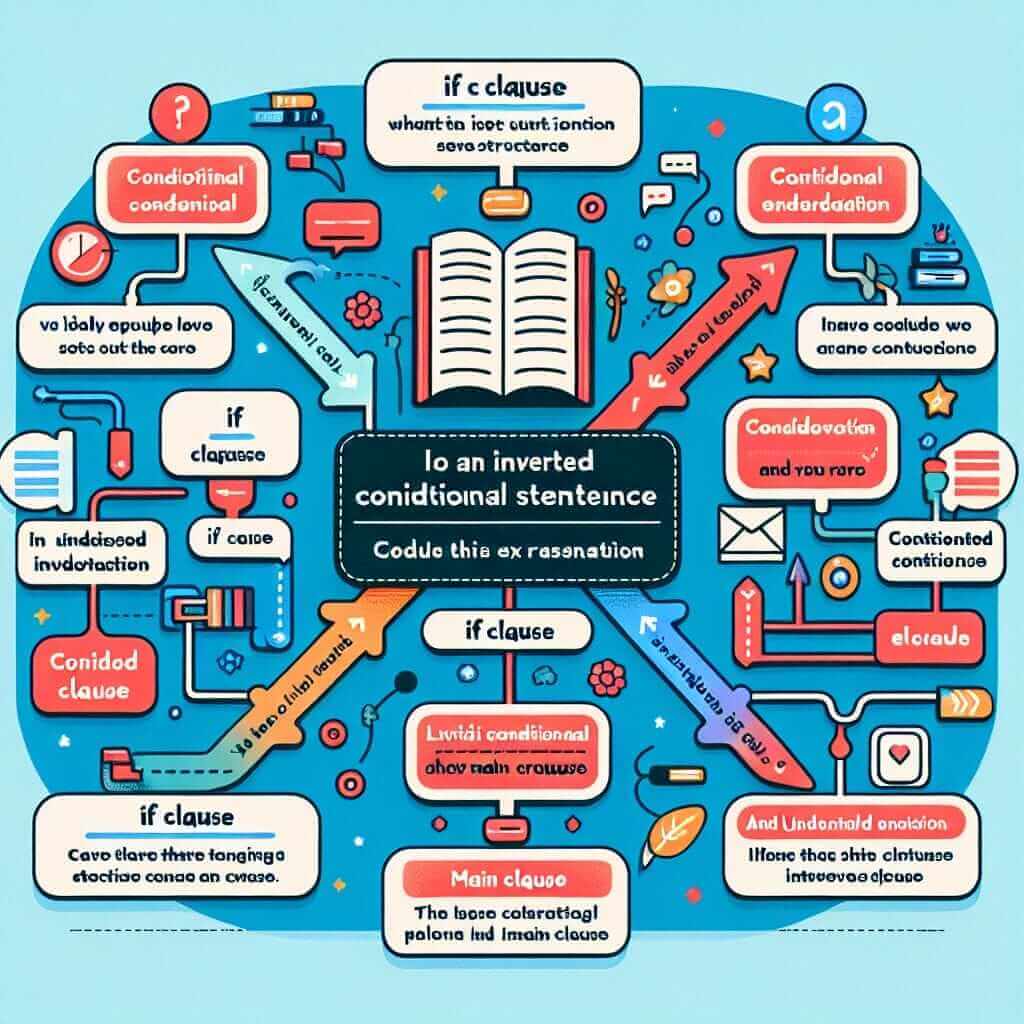“Were they to offer more, I might accept.” Have you encountered this structure before? It might sound a tad formal, right? That’s because it’s an example of a grammatical structure called inverted conditional, often employed to express hypothetical situations in a more formal and nuanced way. While not as common as the first or second conditional, mastering this structure can significantly enhance your grammatical range and sophistication in the IELTS exam, especially in the Writing and Speaking sections.
Let’s look at some examples of how this structure might be used across different sections of the IELTS:
Speaking (Part 3):
- Examiner: Do you think salaries will continue to rise in the future?
- Candidate: It’s difficult to say for sure. Were the economy to remain strong, then perhaps yes. But there are many factors at play.
Writing (Task 2 – Opinion Essay):
- Some argue that space exploration is a waste of resources. However, were we to cease all space exploration, we risk stifling scientific progress and losing out on potential benefits to humanity.
Writing (Task 1 – Describing Trends):
- While the graph indicates a downward trend in unemployment, were this trend to reverse, the government would need to take swift action.
As you can see, this structure allows for nuanced expression when discussing possibilities and hypothetical situations, demonstrating a strong command of grammatical structures.
Deconstructing “Were they to offer more, I might accept”
This sentence employs an inverted conditional, specifically a type often referred to as the past subjunctive. Despite the name, it doesn’t actually refer to the past tense, but rather to hypothetical or unlikely situations in the present or future.
Here’s a breakdown:
- “Were they to offer more…”: This is the conditional clause. Notice the inversion – the auxiliary verb “were” comes before the subject “they”. This inversion is a key characteristic of this type of conditional structure.
- “…I might accept.”: This is the main clause, expressing the potential consequence of the conditional clause. It often uses modal verbs like “might,” “could,” or “would” to indicate the hypothetical nature.

Mastering the Inverted Conditional for IELTS
Form and Function
The general formula for this type of inverted conditional is:
Were + Subject + to + base form of verb…, Subject + would/could/might + base form of verb.
This structure is used to:
- Express hypothetical situations in a formal and polite way.
- Discuss unlikely or imaginary events.
- Speculate about the future.
Applying Inverted Conditionals in IELTS
You can use this structure effectively in various sections of the IELTS exam:
- Writing Task 1: When describing potential future trends based on current data.
- Writing Task 2: When presenting hypothetical situations to support your arguments.
- Speaking Part 3: When engaging in discussions about abstract or hypothetical concepts.
Example in Action
Let’s say the Writing Task 2 question is:
Do you agree or disagree that governments should invest more in renewable energy sources?
You could use the inverted conditional to present a counter-argument:
- While some argue that focusing solely on renewable energy might hinder economic growth, were governments to invest strategically in a mix of renewable and sustainable energy sources, they could potentially stimulate innovation, create jobs, and pave the way for a more sustainable future.
Leveling Up Your Language
To achieve a higher band score, consider these tips:
- Vary your modal verbs (e.g., “could,” “should,” “may”) to demonstrate a wider range of vocabulary.
- Use this structure sparingly to avoid sounding repetitive or overly formal.
- Ensure the conditional clause logically connects to the main clause.
Common Pitfalls to Avoid
- Incorrect word order: Remember the inversion in the conditional clause (“were” + subject + “to”).
- Using the wrong tense: The base form of the verb follows “to” in the conditional clause, not the past tense.
- Overusing the structure: Use it judiciously to maintain a natural and engaging tone.
Conclusion
Mastering the inverted conditional, exemplified by “Were they to offer more, I might accept,” can significantly enhance your grammatical range and sophistication in the IELTS exam. By understanding its form, function, and appropriate usage, you can express complex ideas more effectively and demonstrate a nuanced command of English grammar. Keep practicing, and soon you’ll be confidently incorporating this structure into your writing and speaking, boosting your chances of achieving your desired IELTS band score.